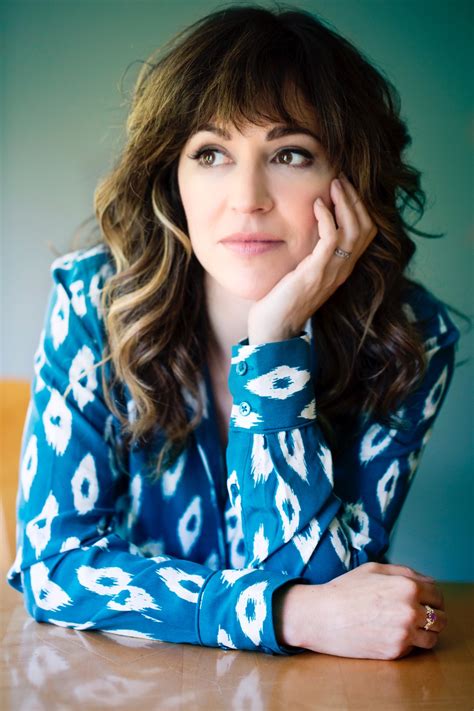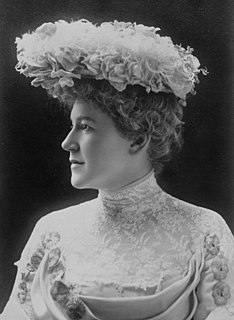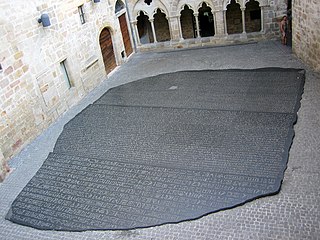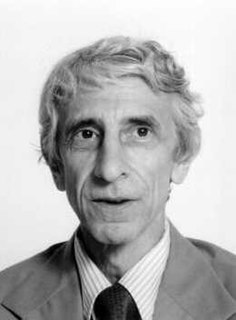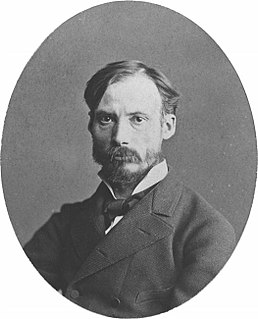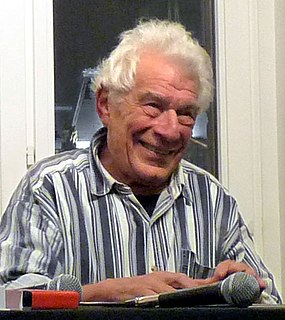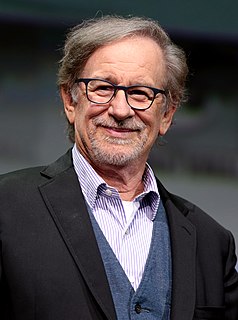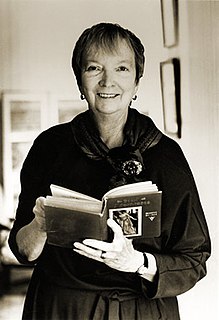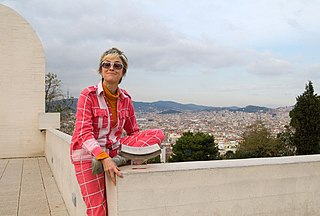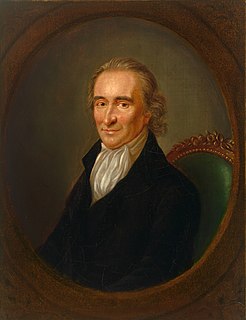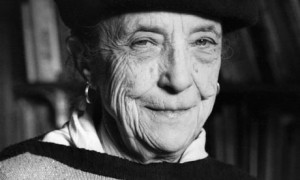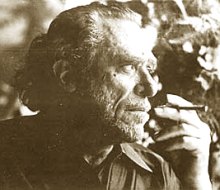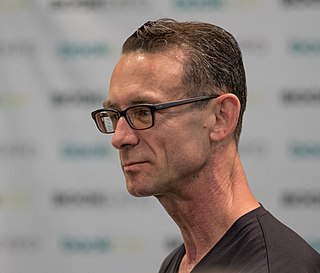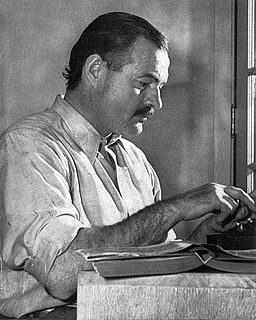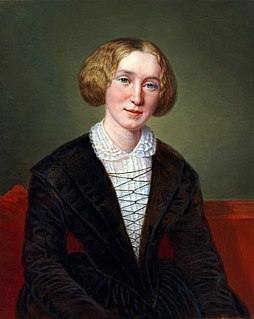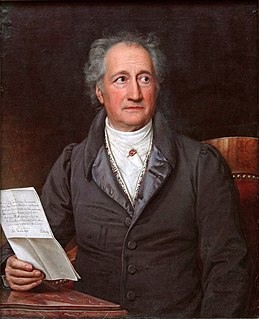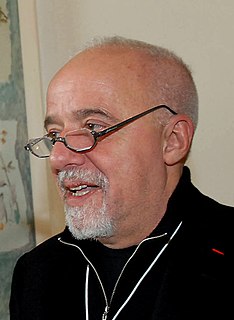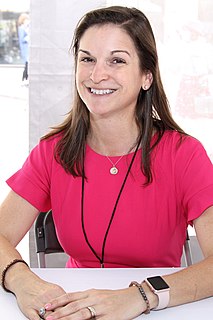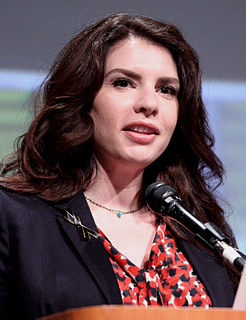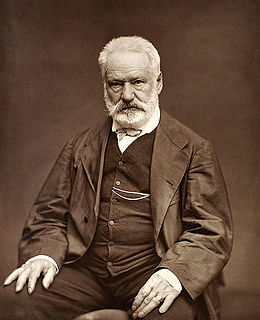A Quote by Tiffanie DeBartolo
To Jacob the act of critiquing art was essentially imprecise. That's why he didn't read reviews on anything he liked, be it a book, a movie, or a record. He believed that any work an artist puts forth which contains the truth as he or she sees it is worthy of consideration, and any commentary of the work beyond that is nothing more than pure individual opinion and should not be considered relevant to the work itself.
Related Quotes
Many times I am asked why the suffering of animals should call forth more sympathy from me than the suffering of human beings; why I work in this direction of charitable work more than toward any other. My answer is that because I believe that this work includes all the education and lines of reform which are needed to make a perfect circle of peace and goodwill about the Earth.
But to demand that a work be “relatable” expresses a different expectation: that the work itself be somehow accommodating to, or reflective of, the experience of the reader or viewer. The reader or viewer remains passive in the face of the book or movie or play: she expects the work to be done for her. If the concept of identification suggested that an individual experiences a work as a mirror in which he might recognize himself, the notion of relatability implies that the work in question serves like a selfie: a flattering confirmation of an individual's solipsism.
A written word is the choicest of relics. It is something at once more intimate with us and more universal than any other work of art. It is the work of art nearest to life itself. It may be translated into every language, and not only be read but actually breathed from all human lips; -- not be represented on canvas or in marble only, but be carved out of the breath of life itself.
The art is more important than the artist. The work is more important than the person who does it. You must be prepared to sacrifice all the you could possibly have, be, or do; you must be willing to go all the way for your art. If it is a question between choosing between your life and a work of art -- any work of art -- your decision is made for you.
The extreme proposition on which Giacometti based all his mature work was that no reality... could ever be shared. This is why he believed it impossible for a work to be finished. This is why the content of any work is not the nature of the figure or head portrayed but the incomplete history of him staring at it.
When we look at a painting, or hear a symphony, or read a book, and feel more Named, then, for us, that work is a work of Christian art. But to look at a work of art and then to make a judgment as to whether or not it is art, and whether or not it is Christian, is presumptuous. It is something we cannot know in any conclusive way. We can know only if it speaks within our own hearts, and leads us to living more deeply with Christ in God.
But though every created thing is, in this sense, a mystery, the word mystery cannot be applied to moral truth, any more than obscurity can be applied to light. ... Mystery is the antagonist of truth. It is a fog of human invention, that obscures truth, and represents it in distortion. Truth never envelops itself in mystery, and the mystery in which it is at any time enveloped is the work of its antagonist, and never of itself.
There is only one Art, whose sole criterion is the power, the authenticity, the revelatory insight, the courage and suggestiveness with which it seeks its truth. ... Thus, from the standpoint of the work and its worth it is irrelevant to which political ideas the artist as a citizen claims allegiance, which ideas he would like to serve with his work or whether he holds any such ideas at all.
Damien Hirst's Mother and Child Divided (1993) is a work which can at first glance be read as nothing more than two brutally severed carcasses. "A freak show" was how the art critic of the Sunday Telegraph responded to its presentation in the Turner Prize in 1995. For me, the undoubted shock, even disgust provoked by the work is part of its appeal. Art should be transgressive. Life is not all sweet.
A work of art does not need an explanation. The work has to speak for itself. The work may be subject to many interpretations, but only one was in the mind of the artist. Some artists say to make the work readable for the public is an artist’s responsibility, but I don’t agree with that. The only responsibility to be absolutely truthful to the self. My work disturbs people and nobody wants to be disturbed They are not fully aware of the effect my work has on them, but they know it is disturbing.
